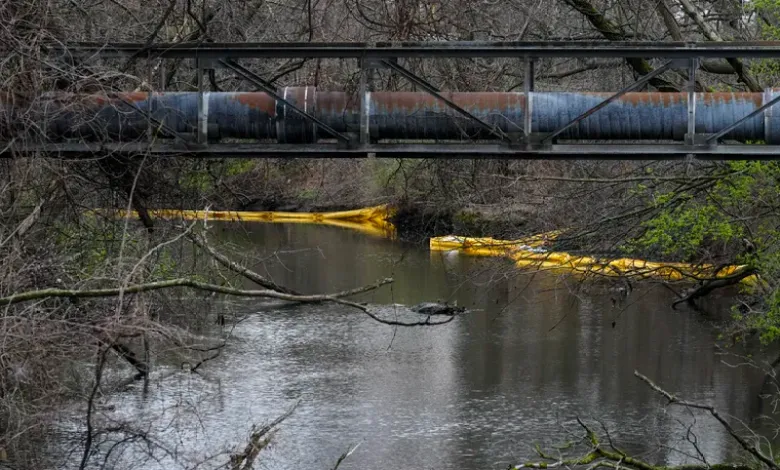On the Delaware River, between Trenton and Pennsylvania’s southern border, 11 industrial plants have released toxic chemicals into water at legal levels over the past five years, according to reports they are required to provide to federal officials.
Of the 62 manufacturers, petroleum plants and chemical manufacturers within a mile of the river’s banks, two have reported releasing millions of pounds of toxic discharges – again within legal limits, according to an analysis of US Environmental Protection Agency records.
The Inquirer analyzed the EPA’s Toxic Release Inventory (TRI) records following the accidental spill of more than 8,100 gallons of hazardous chemicals from a Bucks County facility last Friday to investigate activities on the water that may endanger Philadelphia’s drinking water .
The records do not provide a complete picture as the reports are based on voluntary compliance when a company releases toxins; Also, dozens of facilities are too small to file these reports with the EPA about discharges into the river, which is a major thoroughfare for ships transporting petroleum products and other chemicals that may enter the Delaware.
“We are vulnerable,” says Charles Haas, a Drexel University professor and water quality expert. “We have a source of drinking water on an easily navigable river.”





